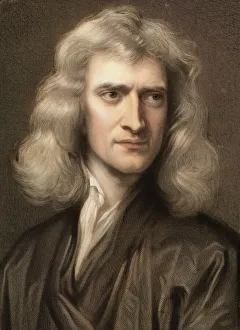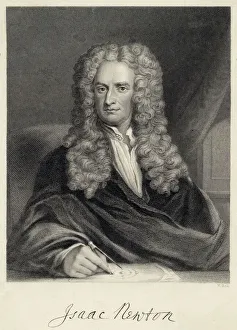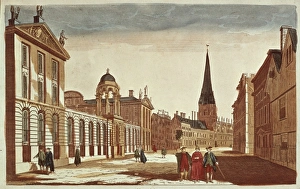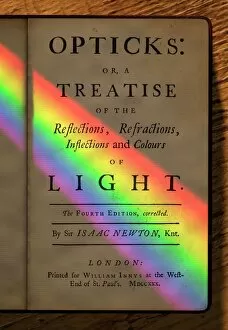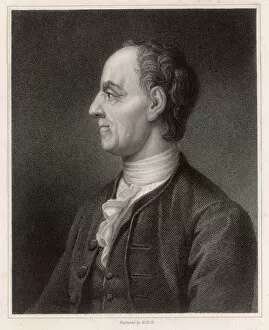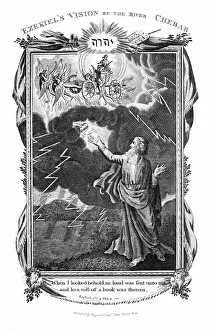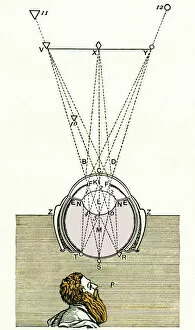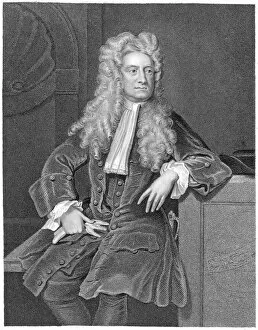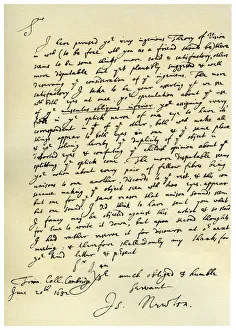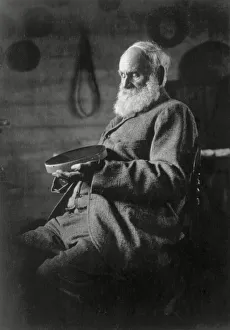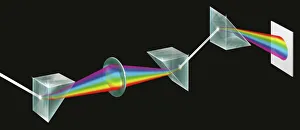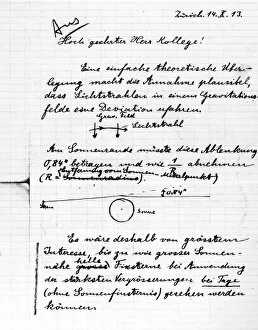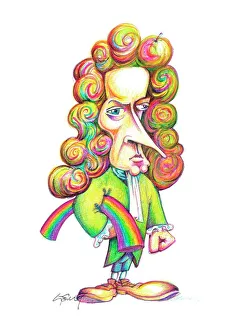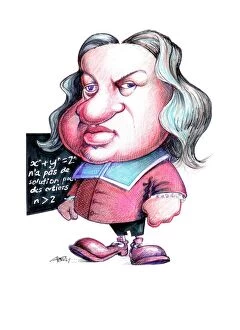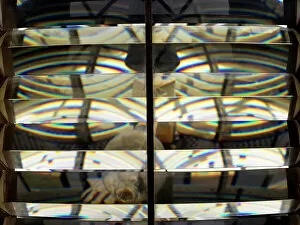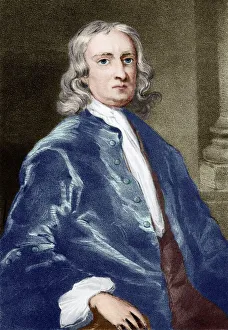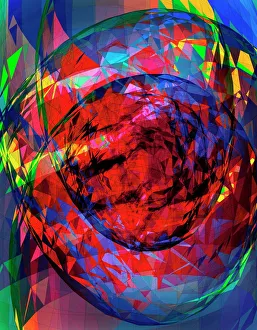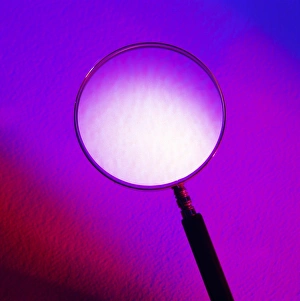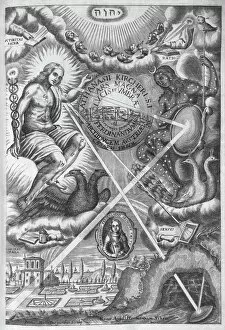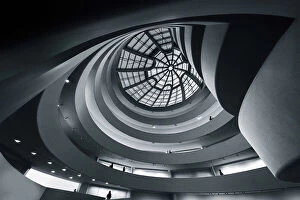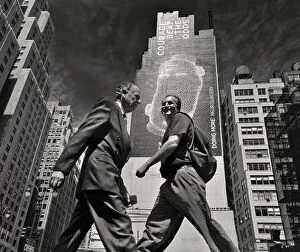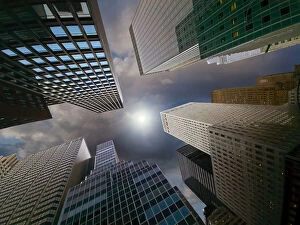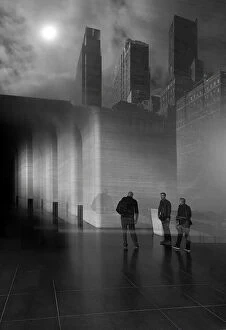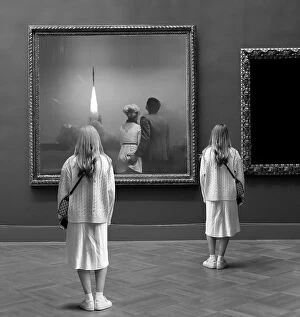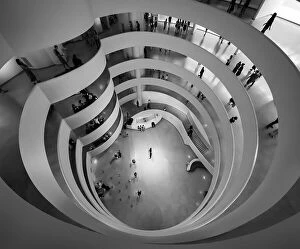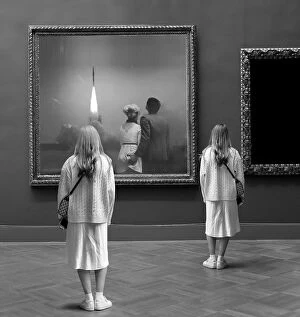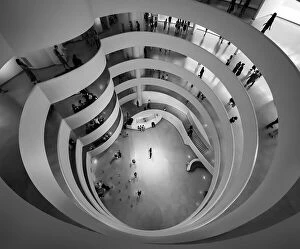Optics Collection
"Exploring the World of Optics: From Newton to Euler" Step back in time with a portrait of a young Sir Isaac Newton
All Professionally Made to Order for Quick Shipping
"Exploring the World of Optics: From Newton to Euler" Step back in time with a portrait of a young Sir Isaac Newton, the brilliant English mathematician who revolutionized our understanding of optics. His groundbreaking work on light and color can be traced back to his famous "Colour wheel, " depicted in PSCI2A-00011. Newton's affiliation with the University of Oxford's College further highlights his intellectual prowess. It was here that he delved into his masterpiece, "Newtons Opticks, " which unveiled the mesmerizing beauty of the color spectrum through prisms. In awe-inspiring historical artwork, we witness Newton gazing at celestial wonders through his telescope. This instrument allowed him to unravel mysteries hidden within nature's tapestry and paved the way for future discoveries by visionaries like Leonhard Euler, a Swiss mathematician who built upon Newton's foundations. The 17th-century theories proposed by Descartes on it also come into play as we delve deeper into this captivating field. These ideas challenged traditional beliefs and laid down new paths for exploration. Nature itself provides us with breathtaking displays, such as a double rainbow over a serene lake. Understanding how light interacts with water droplets allows us to appreciate these optical phenomena even more deeply. Returning once again to Sir Isaac Newton, we marvel at another aspect crucial to optics—the retina. This intricate structure within our eyes captures and processes incoming light signals, enabling us to perceive colors and shapes in all their glory. From ancient times until today, humanity has been captivated by optics—a realm where science meets artistry. Join us on this journey as we uncover its secrets and celebrate those remarkable minds who have shaped our perception of the world around us.



